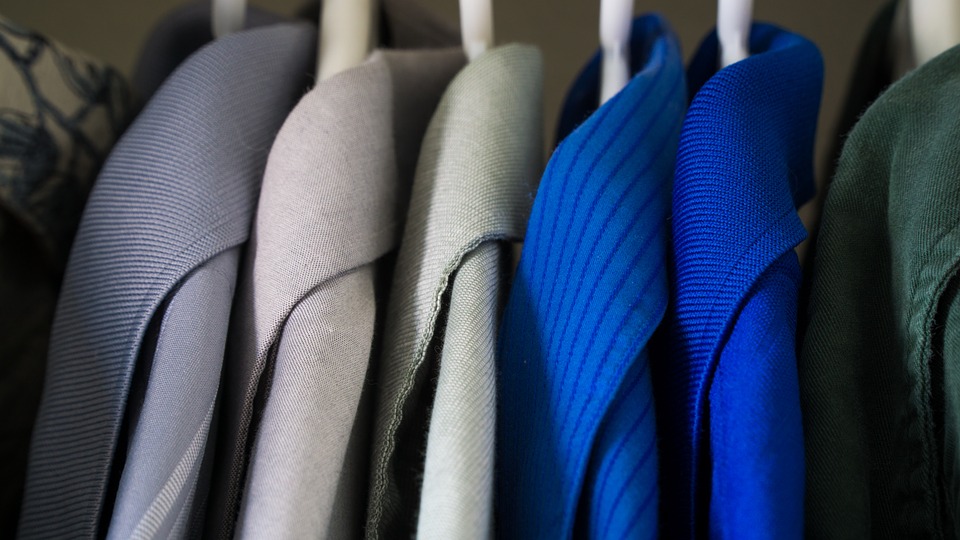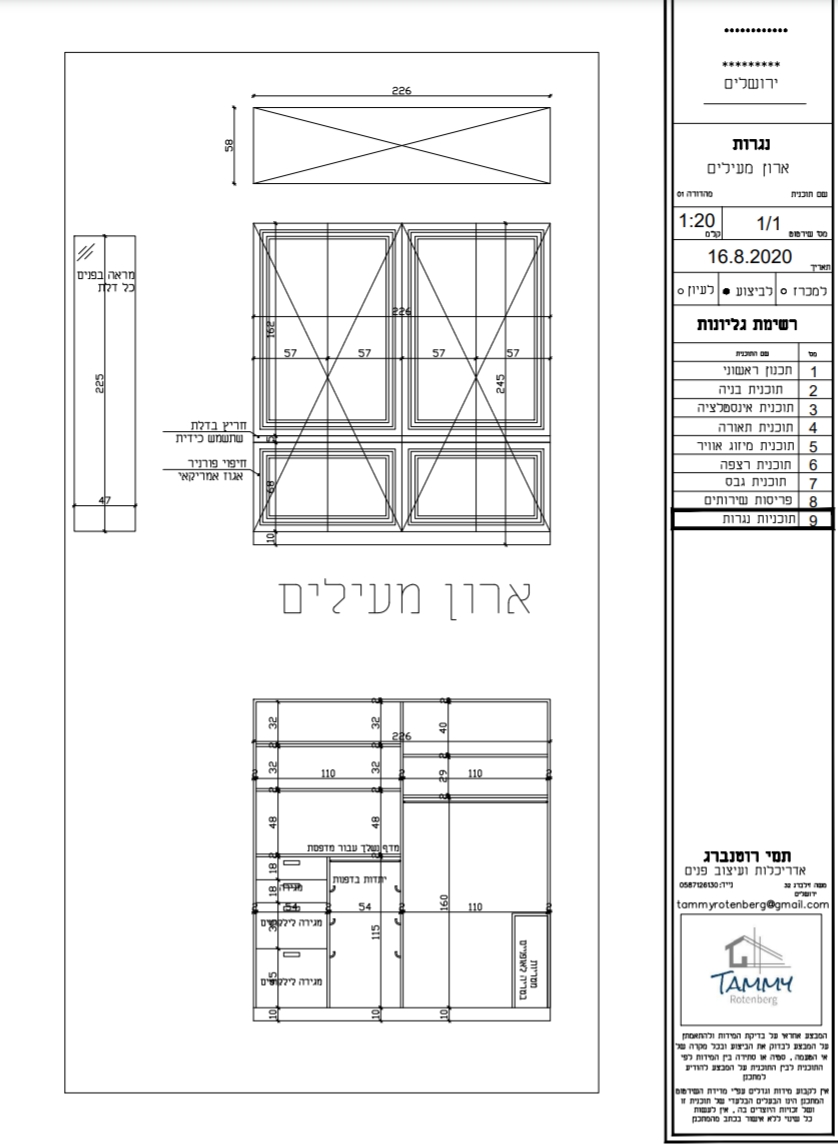Where Do You Hang Your Coat? Tips for Organizing Your Entryway
While winter is brief, organizing your entryway with a coat closet can transform your home.

One way to greatly enhance home organization is with a coat closet.
In Israel, the winter season is relatively short, and during it, we don't always use coats, yet the entryway storage often ends up named after the coats within it.
The purpose of a coat closet is to provide a spot for everything you bring home, preventing clutter on sofas, kitchen counters, or by the door.
Another key goal is to ease getting out of the house. Make sure everything you need is in a nearby closet: car keys, *tefillin* bag, a hat, brush, umbrellas, coats, coins for charity (recommended so the door doesn't remain open), and anything you grab when leaving and return when arriving home.
That's why installing a mirror at the exit is important. Don't shy away from it over cleaning concerns; consider an internal mirror instead.
Here's an example of a closet I designed for my client:
First, we divided the closet into two sections: the right side for parents and the left for children.
On the right side, we planned an area for hanging long coats and above it, two shelves for hats (The client is particularly tall; otherwise, hanging is recommended at the highest point in the closet using a pull-down rod for ease of access).

For the right side, at the bottom, storage for umbrellas and an electric bike battery was planned, with a nearby outlet (the client's priority was a charging space for the bike, requested by his wife early on).
The children's side had lower hanging, with side pegs for maximum use and easy access for kids. Next to the hanging area were deep drawers for school bags, and above them, shallow drawers for gloves, knit hats, etc. Above all, a pull-out shelf for the fax (as the family prefers no internet at home and desired a fax machine at the entry).
As it's a *Chasidic* family, the high hanging area is longer, anticipating many long coats in a few years, *b'ezrat Hashem*.
Design:
- If space permits, the closet can be tucked within a niche.
- Consider using oven-painted wood matching the walls to hide the closet.
- Get creative and design an interesting closet.
For the closet I mentioned, every door in the house is solid wood with intricate carvings. We designed the closet facade to match exactly, creating a harmonious design flow throughout the home (5cm indents in the door act as handles, maintaining a clean design).
Note - it's a common misconception that harmony in home design requires identical materials or colors throughout. This approach can create a monotonous and uninteresting home.
A better approach is designing each space individually while connecting and harmonizing different areas through subtle links.
What does this mean? Use, for example, bi-tone gray flooring in the living room, echo the color in bedroom cabinets, and use gray wall cladding in the bathrooms alongside other neutral elements. This establishes a shared design language, giving a sense of belonging and harmony throughout the home. These links happen discreetly with similar colors or textures in different elements.
 Coat Closet Plan
Coat Closet PlanTips for Organizing Closets
Hanging: Typically, we use various hanger styles in hanging areas, each with different heights and thicknesses.
This inconsistency adds to visual clutter and makes finding the right outfit tougher as clothes start at different heights.
Here's my advice:
- Ensure all hangers are identical to keep clothes at the same height. This boosts the closet's tidy appearance and saves time.
- Opt for thin hangers to maximize wardrobe space, preferably velvet to prevent slippage.
- Organize clothes by category and color, making it easier to quickly find what you need.
Storage: In a previous article, I suggested standing clothes instead of stacking and received feedback noting limited drawers for many. The solution - use boxes that work just as well as drawers.
For a sock drawer, dividers are easily available for organized storage.
Tammy Rotenberg is an architect and interior designer. Questions and feedback: office@tammyrotenberg.com

